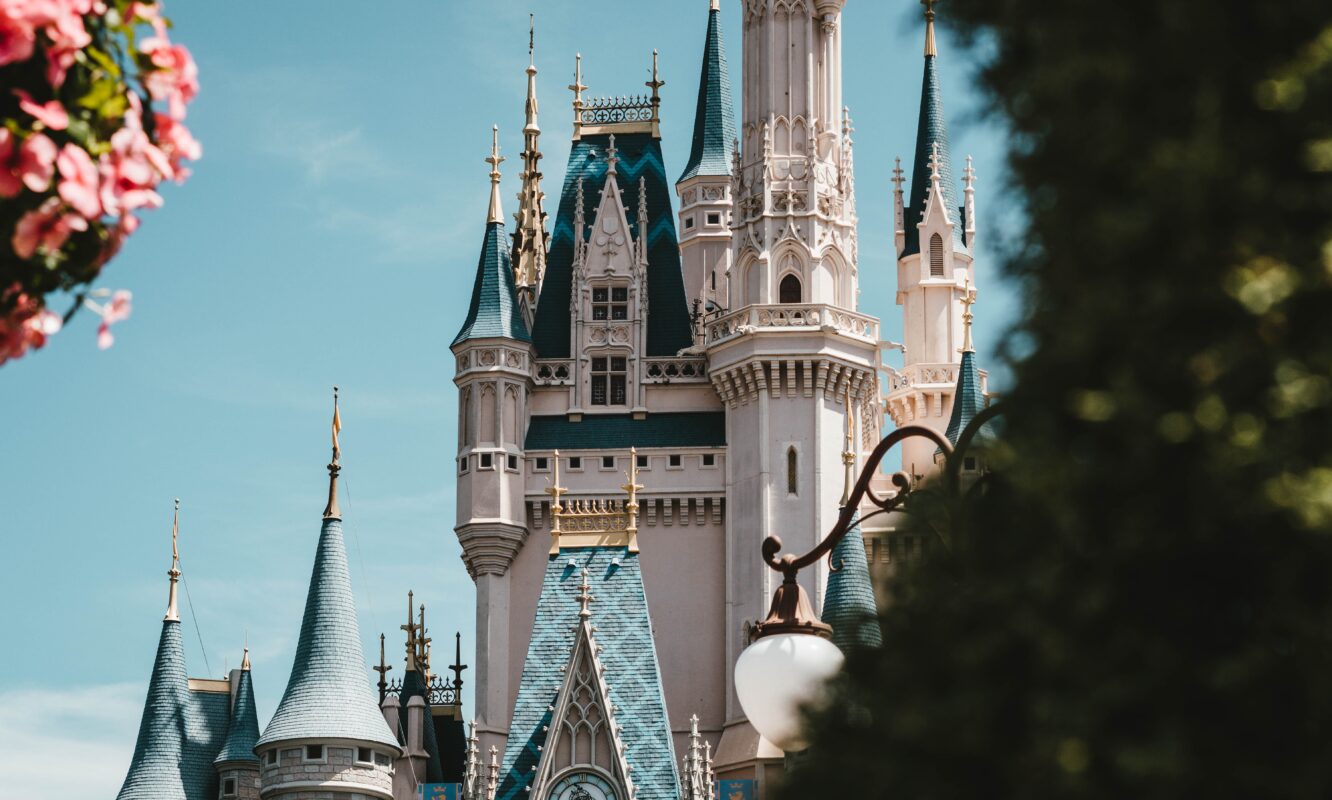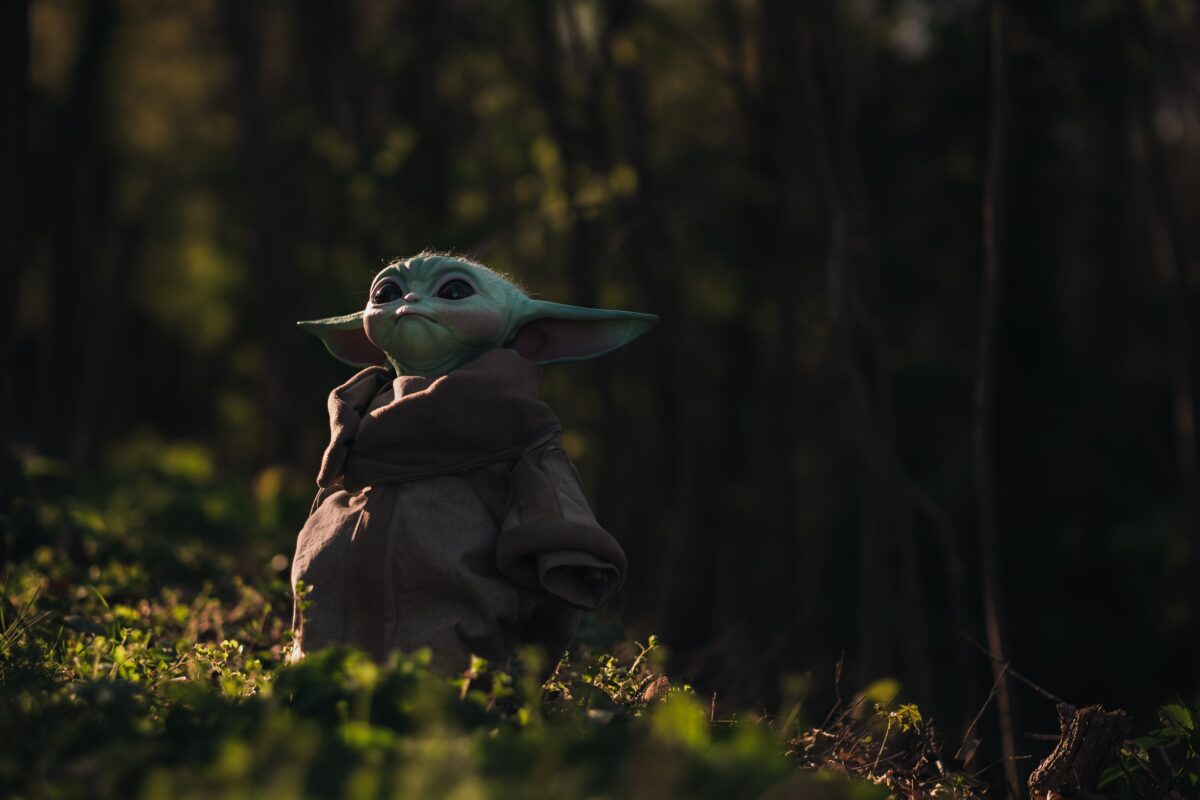Imagine yourself stepping into the enchanted realm of Disney, a universe synonymous with joy, creativity, and boundless imagination. “Unveiling Magic: Behind the Scenes of How Disney Movies are Made” offers a rare, never-before-seen peek into the meticulous process behind the creation of your favorite animated wonders. Prepare to be dazzled as you embark on this mystical journey, uncovering the layers of artistry, technological prowess, and sheer passion that bring to life the characters and stories that have filled your heart with magic since childhood.
Conceptual Stage
Before the magic begins, there’s the conceptual stage. This phase is all about creating the narrative and characters of the film, setting the stage for everything to come.
Idea Generation
The journey of every Disney movie starts with a simple idea. Maybe you’re inspired by an interesting character, a unique setting, or a compelling conflict. It could also be a social issue or a significant event that you feel would translate well into a story. At Disney, many different strategies are used to develop ideas, from brainstorming sessions to examining existing literature and folktales.
Story Development
Once you have an idea, the next step is story development. This means shaping your initial concept into a compelling narrative. It involves understanding the motivations of your characters, the conflicts they face, and how they should evolve over the course of the story. Often, creators will write and re-write storylines as they try to determine the best direction for the narrative.
Character Creation
Character creation is another important part of the conceptual stage. Disney is known for its memorable characters, so much thought goes into their design and characteristics. You need to consider their personality traits, physical appearance, and their role within the story. This also includes deciding on their relationships with other characters and how these connections can influence the plot.
Pre-Production
After you’ve set the foundation in the conceptual stage, it’s time to move into pre-production. This involves getting everything ready to start animating.
Storyboarding
Storyboarding is crucial in visualizing the flow of the story. This involves illustrating key scenes from the script in a comic-strip style format to see how the sequences fit together and how the characters interact within their environment.
Art & Design
At the heart of every Disney movie is the unique art and design. In this stage, you’ll create the visual aesthetics of the film, deciding on everything from the characters’ costumes to the landscapes and settings. Every element is meticulously designed, keeping in mind the period, themes, and mood of the story.
Scriptwriting
Next comes scriptwriting. Here, the dialogue, action, and direction of the scenes are carefully crafted. It’s not just about the words the characters say, but how they say it and how they move that brings the characters to life.
Casting
Lastly in the pre-production stage is casting. This is when voice actors are selected for each character based on how well they can bring the character’s personality to life.

This image is property of images.unsplash.com.
Production
You’re now ready to bring your story to life in the production stage, where the art of animation takes center stage.
Animation
Animation is where magic truly happens. The characters and environments that were developed in the concept and pre-production stages are animated, frame-by-frame, to bring movement and emotion to the story.
Voice Recording
To give characters their unique voices, voice actors record their lines during the production process. They do so while watching the animation to ensure their voice performance matches the character’s actions.
Direction
Directorial decisions are key in the production stage. This includes deciding on the pacing of scenes, the composition of shots, and managing the overall vision of the film to ensure it aligns with the initial concept.
Scene Layout
Finally, scene layout involves positioning the characters and props in each scene, setting up camera shots, and creating the right atmosphere for each sequence.
Post-Production
Once the animating is done, you move into post-production where all the final touch-ups occur.
Editing
In the editing stage, all the animated sequences are reviewed and adjusted to create a seamless flow and to ensure the story comes together as intended.
Sound Design
Sound design is crucial to creating an immersive movie experience. In this stage, all the sound effects, ambiance, and dialogue are mixed together to enhance the viewer’s experience.
Music & Score
The music in a film can make or break the emotional connection with the audience. Composers work in this stage to create a soundtrack that perfectly matches the mood and tone of the story.
Special Effects
Finally, special effects are added to give extra depth and magic to the animation. This includes lighting, shadows, particles effects and more.

This image is property of images.unsplash.com.
Marketing & Distribution
After the film is completed, it’s time to share it with the world.
Promotional Artwork
Promotional artwork is crucial for attracting audiences. This includes movie posters, box art, and advertising designs, all created with care in Disney’s style.
Trailers
Trailers also play an essential role in drumming up anticipation for the film. They offer glimpses into the story, the characters, and the world you’ve created.
Merchandise
Merchandising is an essential part of Disney’s strategy, with toys, clothing, and accessories all designed to grow the film’s brand and help it resonate with audiences long after they’ve left the theater.
Global Release
Lastly, the movie is released globally. This includes sales of physical copies, as well as digital releases on streaming services, allowing for a wide reach across many different markets.
The Role of Technology
Disney has a long history of innovative technology, continually pushing the boundaries of what’s possible in animation.
Advancements in Animation
Technological advancements have hugely impacted animation over the years, with innovations like 3D animation, CGI, and motion capture profoundly changing how Disney films are made.
Use of Computer Generated Imagery
In particular, the use of Computer Generated Imagery (CGI) has revolutionized the animation industry. This technology allows for realistic textures, complex environments and lifelike character movements.
Technical Challenges and Solutions
But with new technology comes new challenges. As they adopt new techniques, Disney has had to find innovative solutions to technical problems – but their ability to do so continues to push the entire industry forward.

This image is property of images.unsplash.com.
Disney’s Legacy and Influence
Disney has undoubtedly had a significant influence on the world of animation and beyond.
Evolution of Disney’s Animation Style
From simple, hand-drawn animations to intricate, computer-generated masterpieces, Disney’s animation style has evolved over the years while maintaining the warm, magical feel they’re famous for.
Impact on Pop Culture
Disney has been a major force in pop culture, with their characters, stories, and songs becoming integral parts of our cultural landscape.
Iconic Soundtracks
One of the unique aspects of Disney’s productions is their iconic soundtracks. The memorable scores and catchy songs have become synonymous with the classic Disney magic.
Collaborations and Partnerships
Over the years, Disney has collaborated with several significant entities and brands.
Work with Pixar
Perhaps best-known is Disney’s partnership with Pixar. Together, these two powerhouses have created a string of unforgettable, acclaimed films.
Acquisitions
Disney has also grown through strategic acquisitions, bringing recognizable brands such as Marvel and Star Wars into their fold.
Brand Partnerships
Collaborations with other brands have also created successful merchandise, theme park attractions, and more – extending Disney’s reach even further.
Challenges and Controversies
Despite its success, Disney has been the subject of numerous challenges and controversies.
Critiques of Representation
Disney has been criticized in the past for its lack of diversity and problematic representation. In recent years they’ve been making strides to portray a wider array of characters and stories.
Internal Conflicts
Disney has also faced internal conflicts, with disagreements among staff and leadership sometimes leading to public issues.
Public Reactions
Public reactions to Disney’s films and business practices have also played a significant role, both positively and negatively influencing the company’s path.
Future of Disney Animation
Disney continues to innovate, always looking forward in its field.
Emerging Trends
Emerging trends such as virtual reality, AI, and other technological advancements will likely shape the future of Disney Animation.
Experimental Projects
Disney is known for exploration and experimentation, with projects such as short films, offering a glimpse into what might come next from the studio.
Sustainability Initiatives
In recent years, sustainability has become a focus for Disney, with initiatives in place to reduce their environmental impact. This commitment extends from their production process to the themes of their films.
As Disney continues to create, we can expect them to remain pioneers in animation – capturing the hearts of audiences for generations to come.


